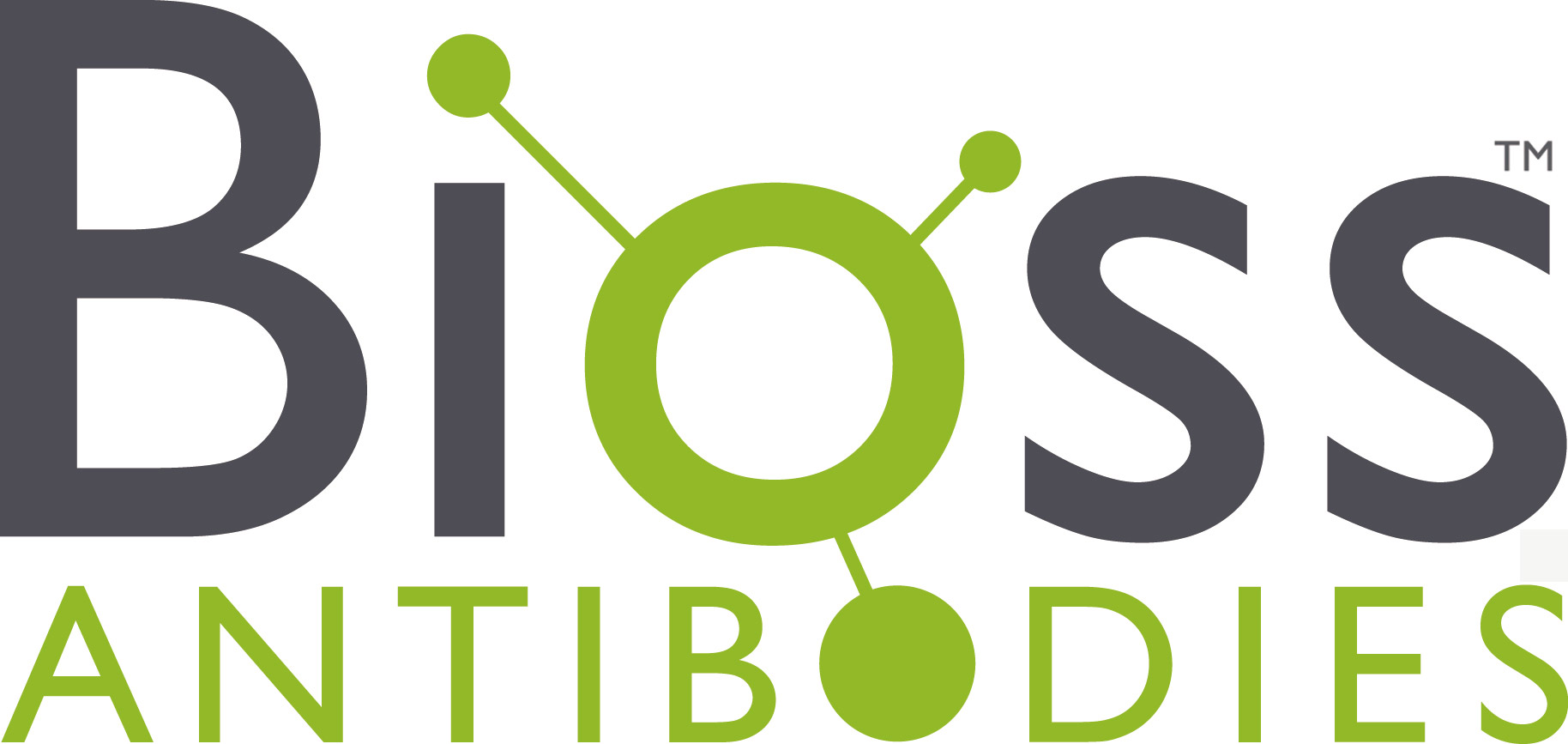
www.bioss.com.cn
400-901-9800
sales@bioss.com.cn
techsupport@bioss.com.cn
400-901-9800
sales@bioss.com.cn
techsupport@bioss.com.cn
Rabbit
Anti-DNAJA2/RBITC
Cat. Number:
bs-13023R-RBITC
Quantity size:
100ul
Concentration:
1mg/ml Buffer = 0.01M TBS(pH7.4) with 1% BSA, 0.03% Proclin300 and 50% Glycerol.
Background:
The DnaJ family is one of the largest of all the chaperone families and has evolved with diverse cellular localization and functions. The presence of the J domain defines a protein as a member of the DnaJ family. DnaJ heat shock induced proteins are from the bacterium Escherichia coli and are under the control of the htpR regulatory protein. The DnaJ proteins play a critical role in the HSP 70 chaperone machine by interacting with HSP 70 to stimulate ATP hydrolysis. The proteins contain cysteine rich regions that are composed of zinc fingers that form a peptide binding domain responsible for the chaperone function. DnaJ proteins are important mediators of proteolysis and are involved in the regulation of protein degradation, exocytosis and endocytosis. DnaJA2 (DnaJ homolog subfamily A member 2), also known as HIRA-interacting protein 4 or cell cycle progression restoration gene 3 protein, contains one CR-type zinc finger and is a co-chaperone of HSC 70.
Also known as:
Cell cycle progression 3 protein; Cell cycle progression restoration gene 3 protein; CPR 3; CPR3; Dj3; DJA 2; DJA2; DnaJ (Hsp40) homolog subfamily A member 2; DNAJ; DnaJ homolog subfamily A member 2; DNAJA 2; Dnaja2; DNJ 3; Dnj3; DNJA2_HUMAN; HIRA interacting protein 4; HIRA-interacting protein 4; HIRIP 4; HIRIP4; OTTHUMP00000164136; PRO3015; RDJ 2; RDJ2; Renal carcinoma antigen NY REN 14; Renal carcinoma antigen NY-REN-14.
Specificity:
●
Rabbit Polyclonal IgG, affinity purified by Protein A.
●
Reacts with:
(predicted: )
●
Immunogen: KLH conjugated synthetic peptide derived from human DNAJA2/CPR3.
●
Predicted Molecular Weight: 46kDa.
Storage:
0.01M TBS(pH7.4) with 1% BSA, 0.03% Proclin300 and 50% Glycerol. Store at -20 °C for one year. Avoid repeated freeze/thaw cycles. The lyophilized antibody is stable at room temperature for at least one month and for greater than a year when kept at -20°C. When reconstituted in sterile pH 7.4 0.01M PBS or diluent of antibody the antibody is stable for at least two weeks at 2-4 °C.
Application:
Excitation spectrum: 540nm
Emission spectrum: 625nm
Not yet tested in other applications.
Optimal working dilutions must be determined by the end user.
Important Note: This product as supplied is intended for research use only, not for use in human, therapeutic or diagnostic applications.